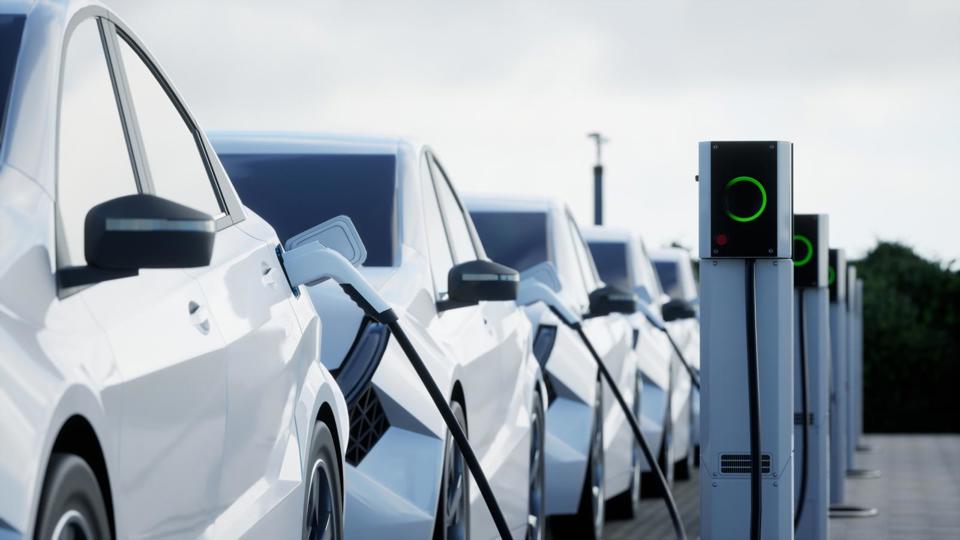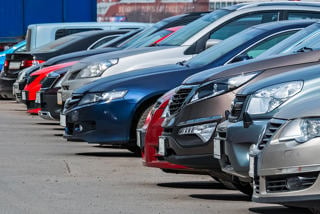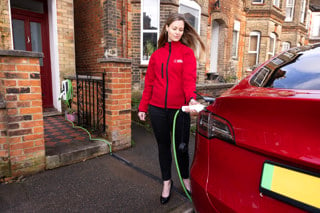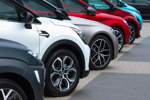Electric vehicle (EV) charging strategies have already been devised or are being planned by three-in-four UK fleets, new research shows.
The 2025 Arval Mobility Observatory Fleet and Mobility Barometer looks at three types of charging provision – at home, using public infrastructure and at company premises –either being currently used by respondents or part of their future plans.
Results show company premises are the most popular, used by 48% of all businesses, followed by public charging at 43% and home charging at 40%.
John Peters, head of Arval Mobility Observatory in the UK, said: “With the widespread adoption of EVs in recent years, more and more fleets have been creating formal plans to ensure their drivers have access to the charging they need.
“In our research, we asked questions about three types of charging provision – at home, using public infrastructure and at company premises – and at least in part, our figures show a story of varying degrees of control, cost and availability.”
While installing chargers at work can be expensive, especially at larger premises, according to Peters, it means businesses can ensure power is available to employees at a reasonable cost.
“Public charging offers the least control, with erratic access alongside by far the highest level of expense, and fleets who are using this form of provision as part of their policy almost certainly recognise they are having to make compromises in these areas,” he said.
“The relatively low figure for home charging is interesting. This route offers guaranteed availability of power and very low costs but because a high proportion of people live in terraced homes and apartments with no space for their own off-street charger, it has an unavoidable ceiling. Perhaps fleets recognise this limitation when writing their policies.”
There was only a very slight difference in mix of charging provision when comparing the Arval Mobility Observatory figures to European and global research.
However, Peters said: “There is some variation among businesses of different sizes, with use of public charging being notably higher among medium-sized concerns, probably because they have less infrastructure and simply a smaller amount of space for chargers than their larger counterparts.”
Finally, only 13% of those involved in the Barometer said they used all three charging methods as part of their formal strategy.
“It suggests that businesses are keen to promote certain charging options to their drivers, rather than aiming to deliver choice,” added Peters. “We’d suggest this is being done to control charging costs as much as possible.”
In the Arval Mobility Observatory Barometer research, small companies are classed as those with 1-99 employees, medium companies with 100-999 employees and large companies with 1,000 employees or more.























Login to comment
Comments
No comments have been made yet.